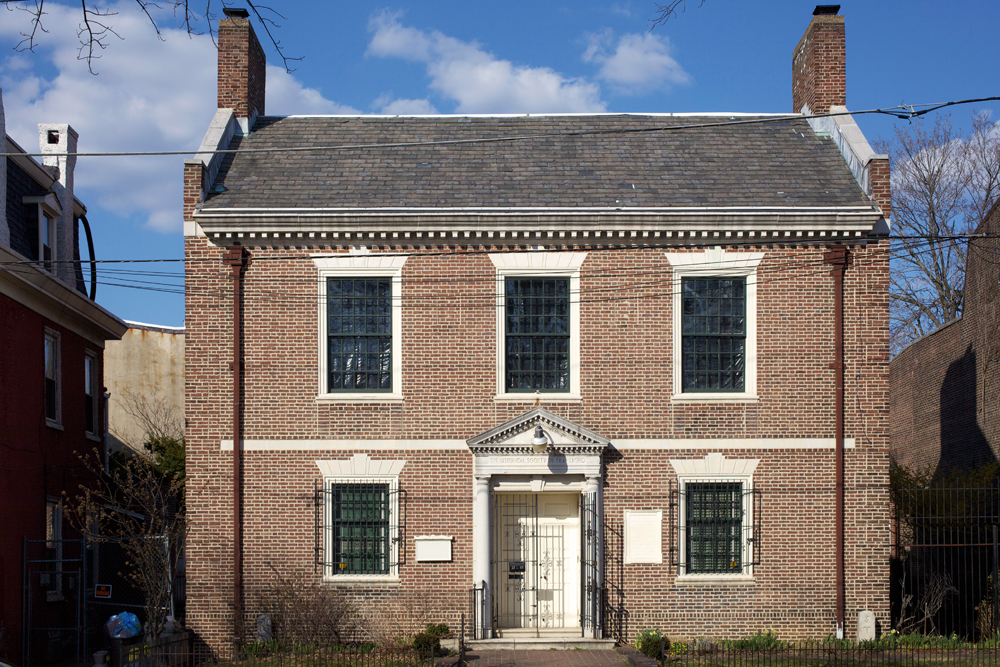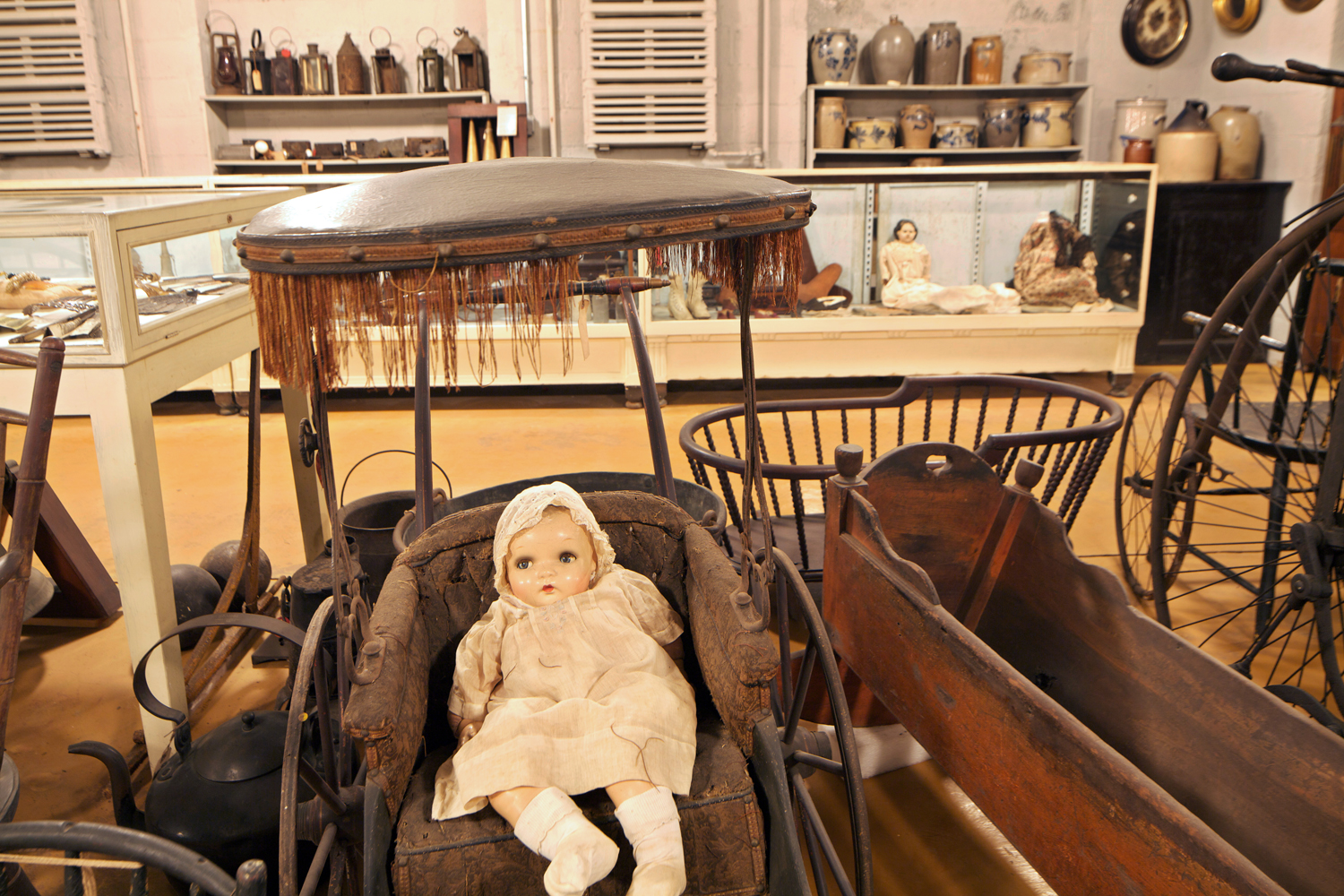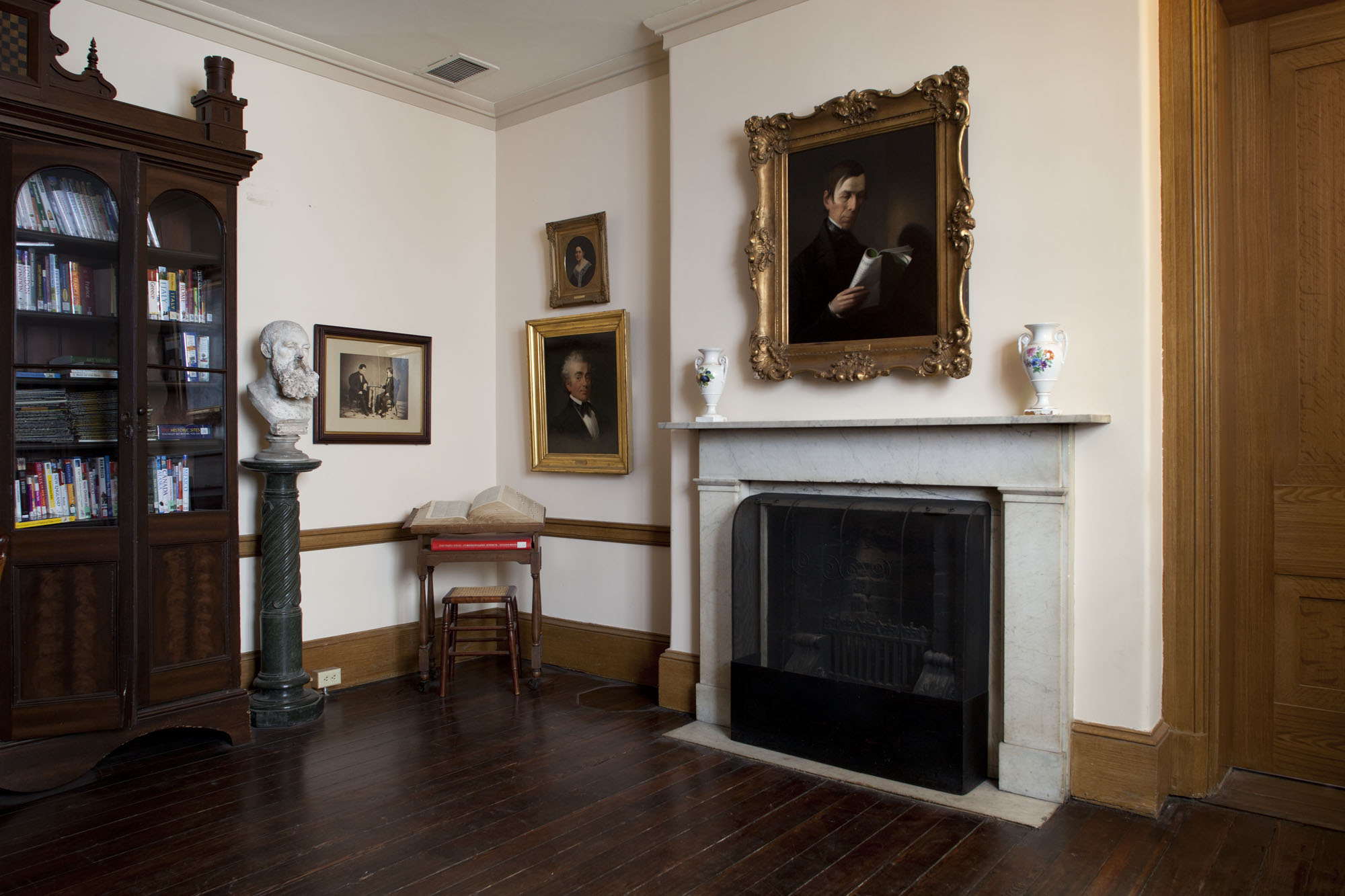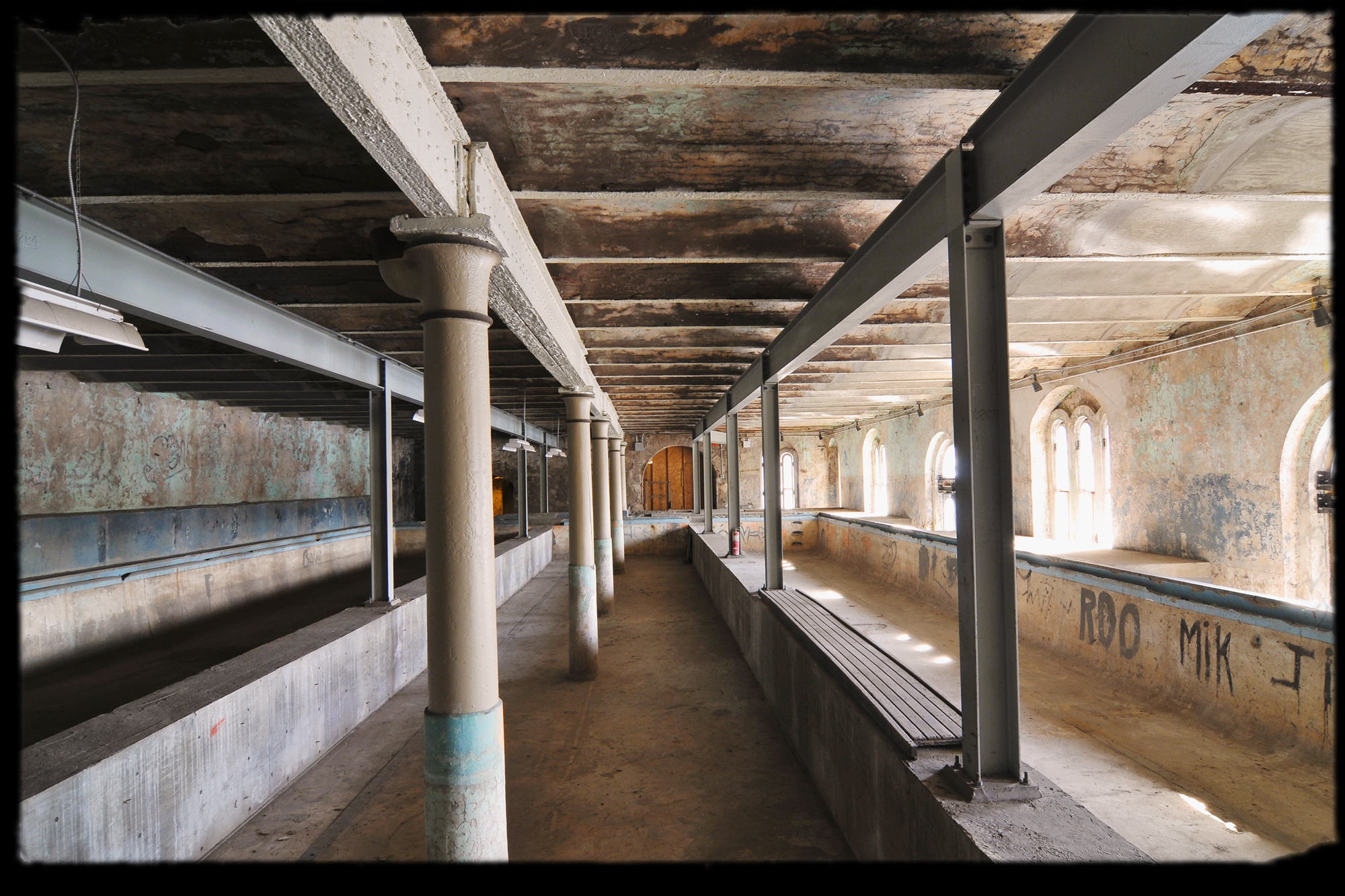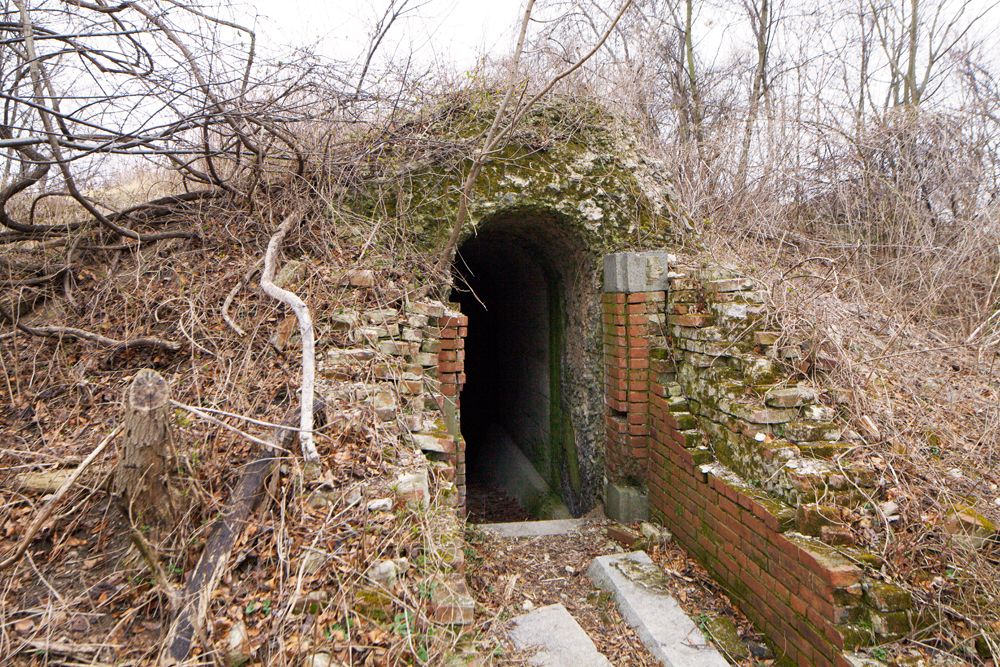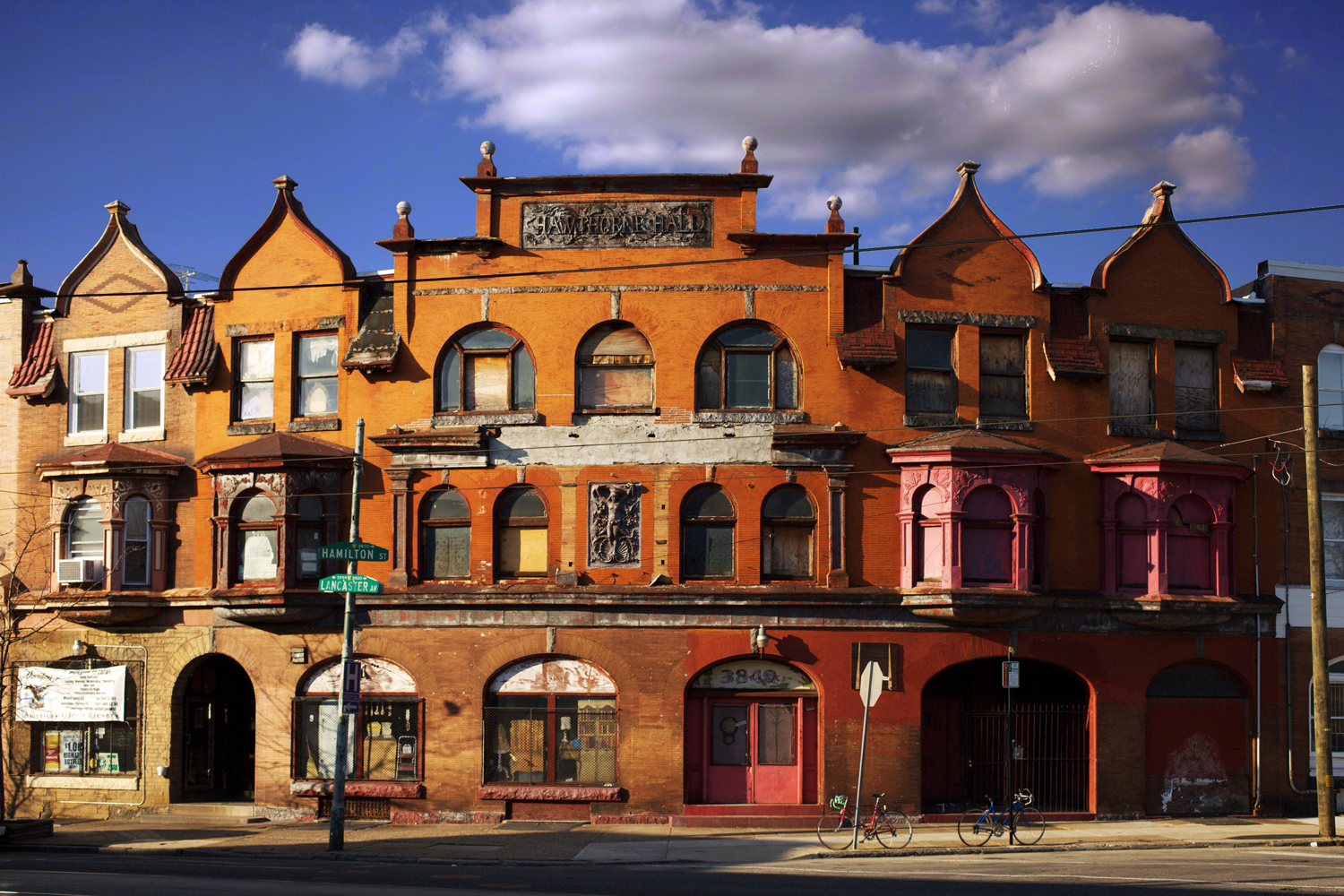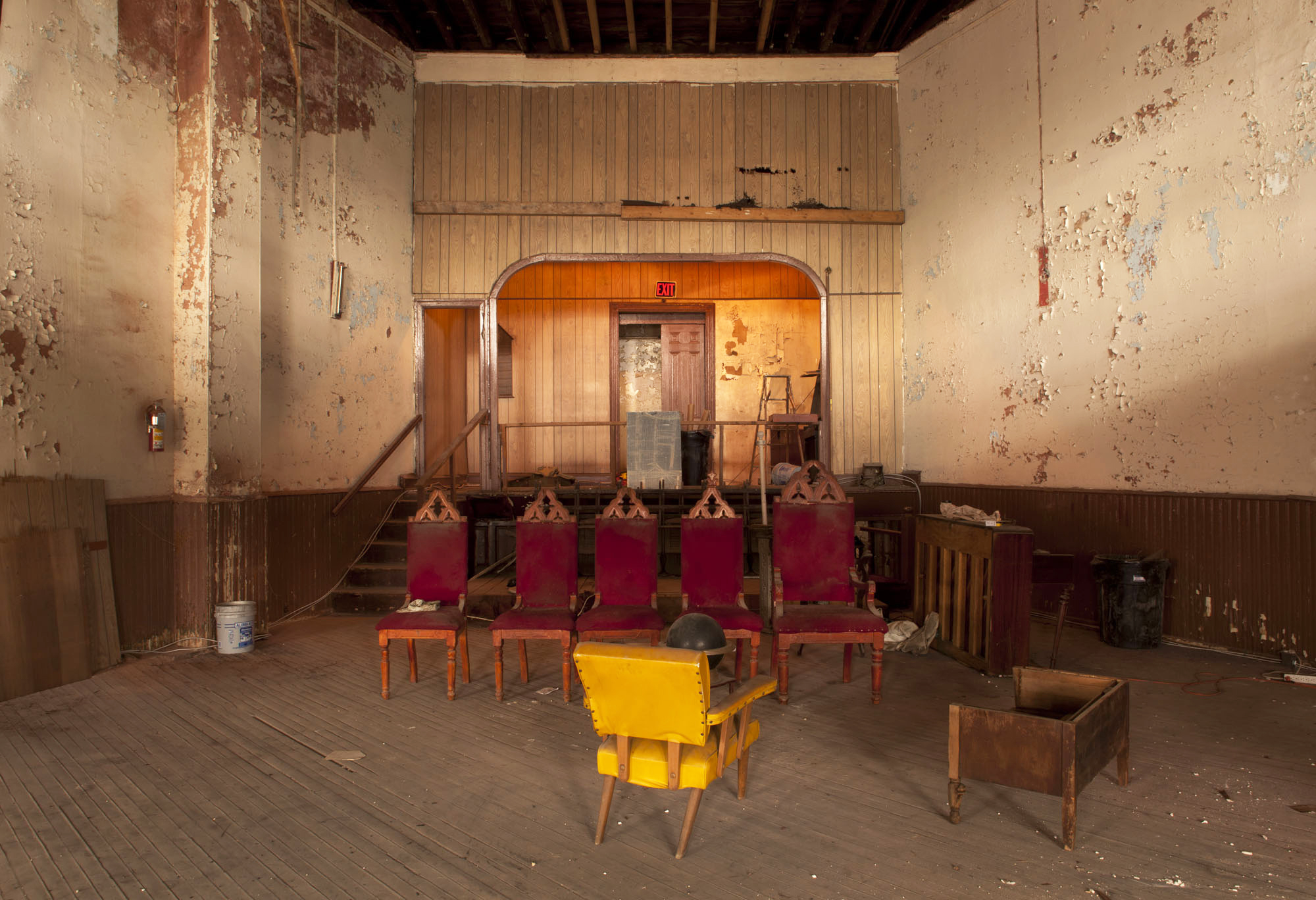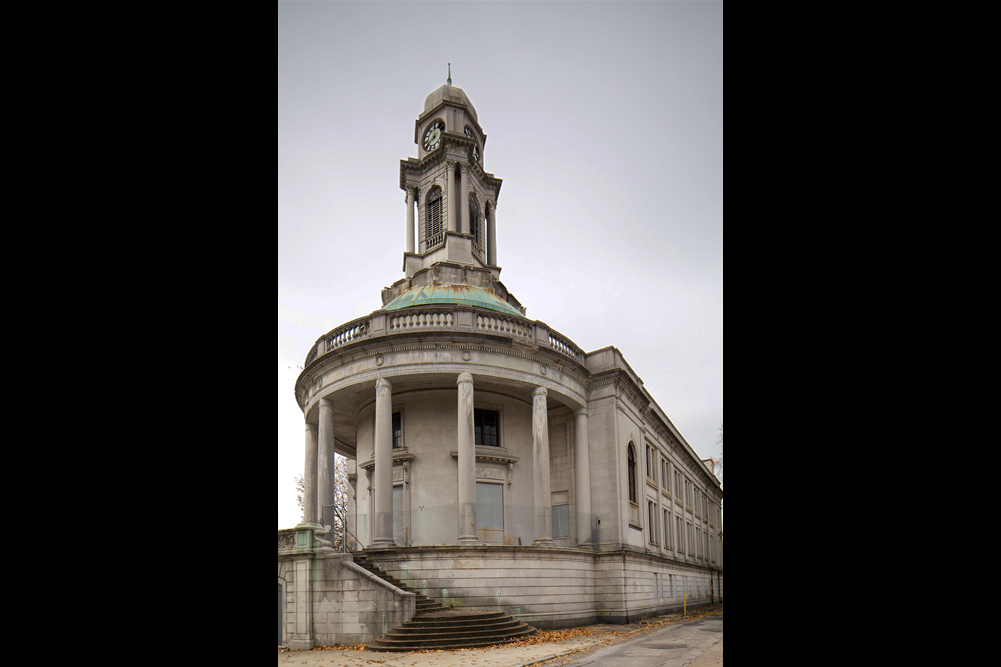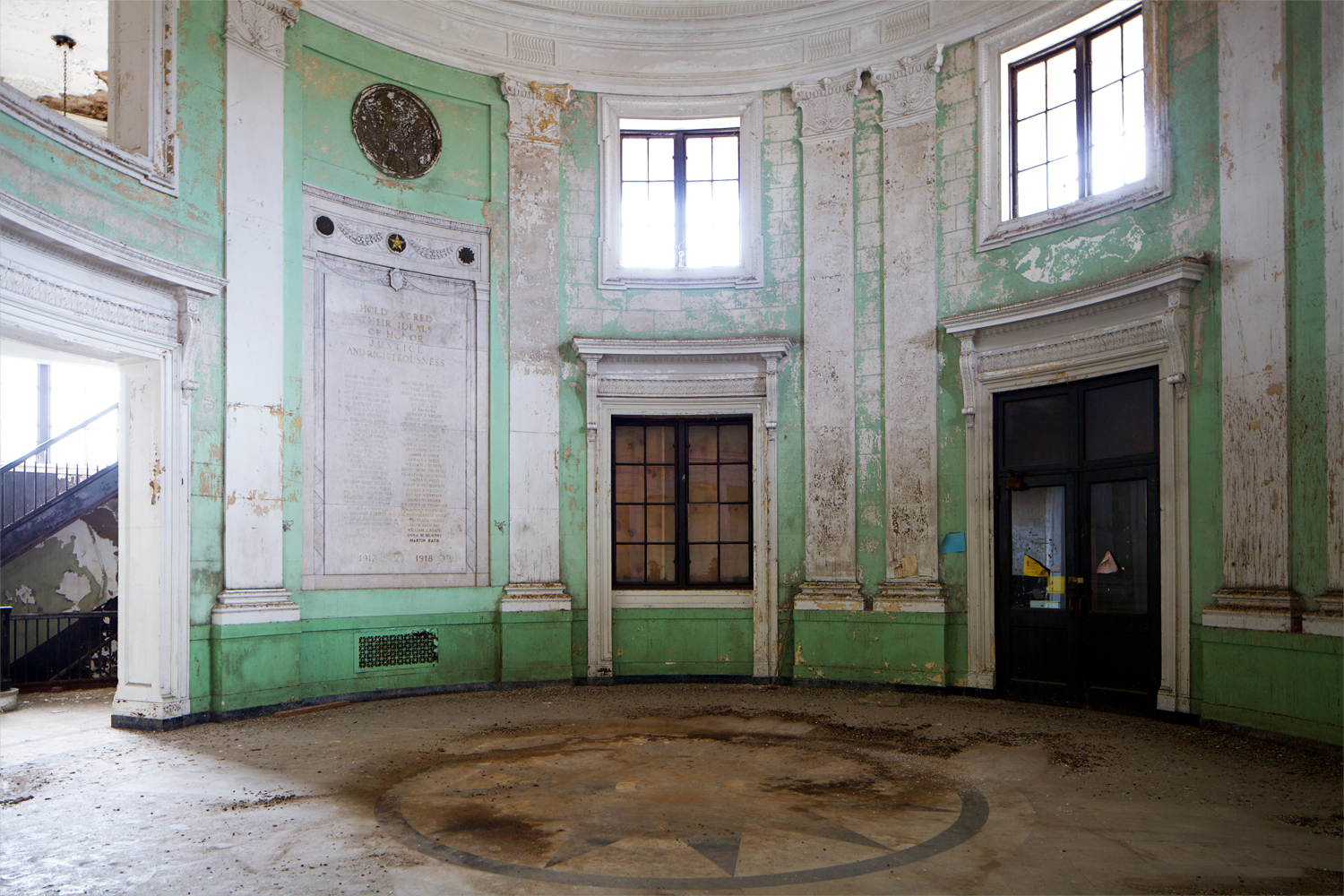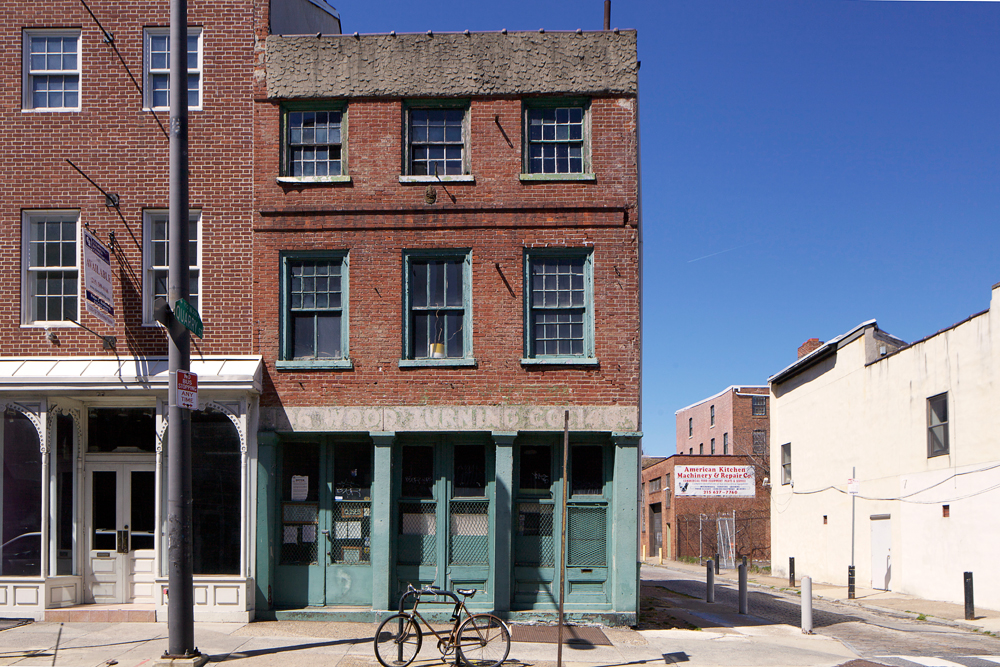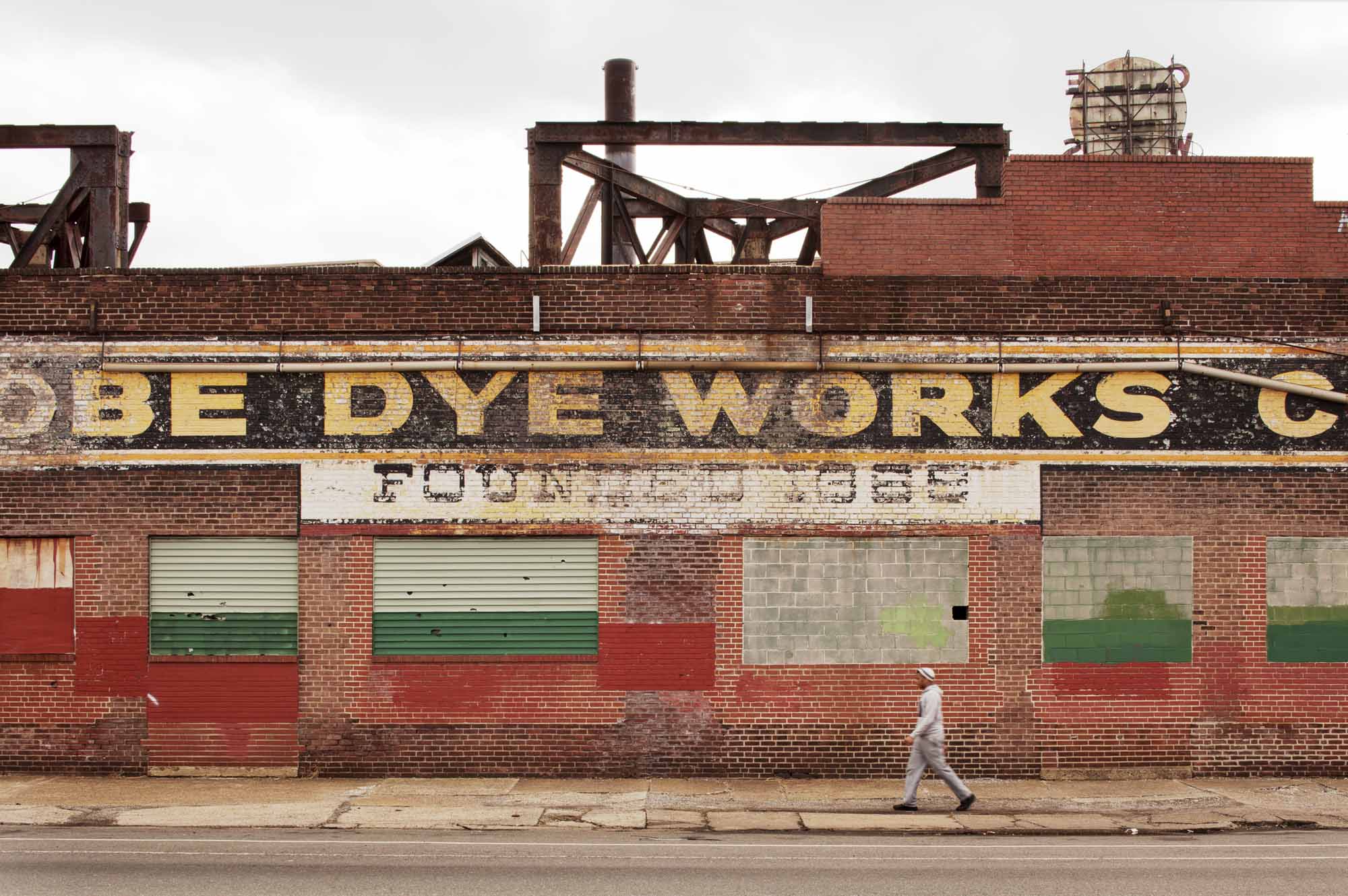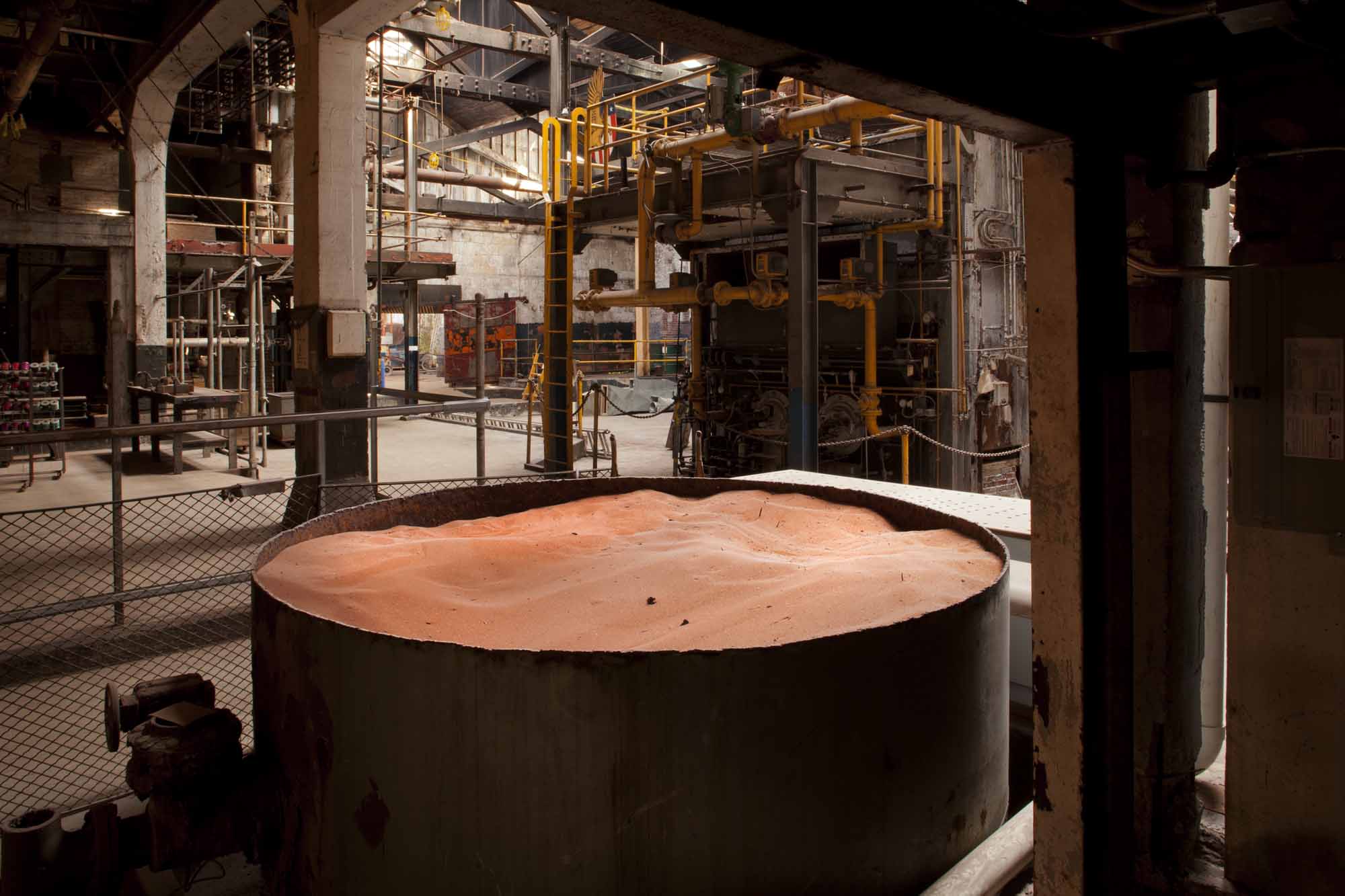May 23-June 30: Hidden City Festival to illuminate overlooked sites citywide
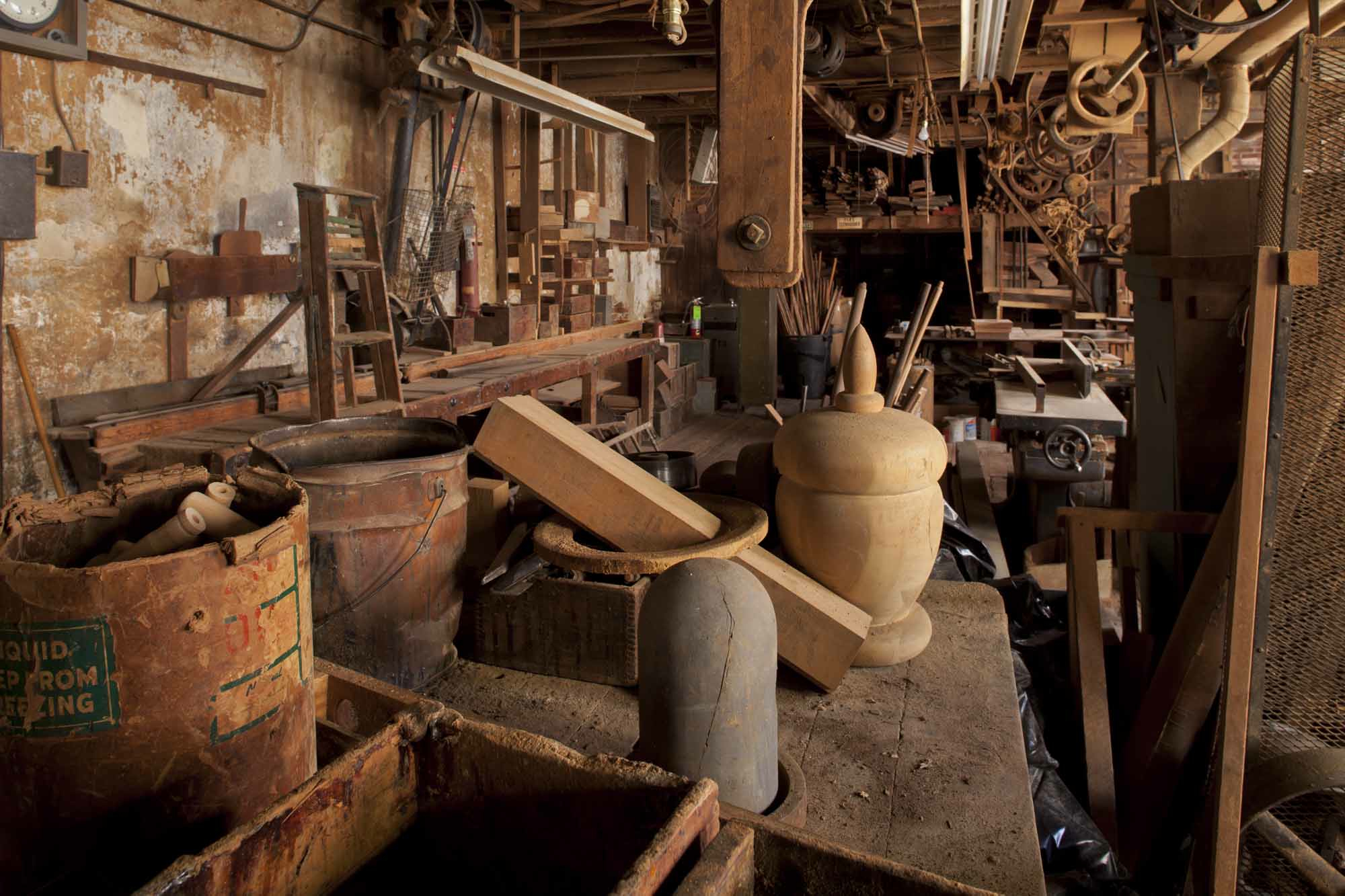
FESTIVAL INFO
WHEN: May 23-June 30. Festival sites are open Thursdays-Sundays from Noon-7pm. Special events are also scheduled over the next six weeks. Check the full calendar and reserve your space in advance.
COST: Thursdays are free, but to explore the breadth of the festival’s offerings (and support this major undertaking), a pass is in order: One-day passes cost $20 ($15 for members), a weekend pass costs $40 ($30 for members), and the all-festival pass costs $70 ($50 for members).
KICKOFF: Attend the festival kickoff party Saturday, May 25 in the shadow of the Reading Viaduct and Goldtex Building (12th and Wood). Food trucks, beer, and music in the street. $15 admission, pay as you go.
Starting Thursday, and running for the next six weeks, the 2013 Hidden City Festival offers unique opportunities to explore places in the city through the lens of engaging artwork.
For this year’s festival contemporary artists have created 10 site-specific projects that shake the dust off of nine historic sites and offer new ways to experience these places. Each event is an invitation to explore Philadelphia through the fresh eyes of audience participation, sensory experiences, or tactile interactions that are part of the artwork.
By locating “social practice” art projects in historic spaces that are often inaccessible to the general public, the festival is a form of subversive preservation activism. It is, at least in part, an effort to build interest and create communities (temporary or long-term) around lesser-known sites with the hope of sparking creative thinking about their futures. By seeing these places anew, who knows what kind of lightning will strike.
Here’s a peek at what’s in store at each festival site.
REINTERPRETING TRADITIONAL PHILADELPHIANA
The Athenaeum of Philadelphia on Washington Square and the Historical Society of Frankford are traditional repositories of Philadelphiana of every sort. At both sites, festival projects use pieces of their collections as jumping off points.
At the Athenaeum, artist Ruth Scott Blackson will explore the influence Philadelphia had on Edgar Allan Poe during his productive years spent living at 7th and Spring Garden. Her visual arts project, Through the Pale Door, uses two Athenaeum discoveries as its genesis – Poe’s signature in the logbook from 1838 and a book analyzing paint colors at the Poe house without visual illustration.
The Historical Society of Frankford will turn into an experimental music playground at the hands of Data Garden artists. Their avant-audio archive-art will include an experimental music concert featuring DJ King Britt, as well as opportunities for visitors to “play” and experience sounds from the museum and its collection.
Overlooked environments, enlivened
Fort Mifflin and the Kelly Natatorium are two overlooked environments where festival projects will interpret the past and visitors become participants in exploration.
Fort Mifflin is a military relic at what was Mud Island, with sections dating from the American Revolution and Civil War. It is a National Historic Landmark lost amid South Philadelphia’s energy and transportation infrastructure. Here, artists Ben Neiditz and Zach Webber will create Ruins at High Battery, a landscape art installation of ad-hoc structures made with salvaged materials that visitors may explore.
The Kelly Natatorium is a former swimming pool that was carved out of the 1920s-era aquarium built at the Fairmount Water Works. The pool was only open frim 1961-1972, when damage from Hurricane Agnes closed it indefinately. In an interpretive project that explores issues about water supply and quality, artist collective Camp Little Hope will create Bibotorium, a café serving tea brewed with water from three different pools and filtered by custom-built water filtration boats.
Audience engagement, interactive installations
At Hawthorne Hall and Germantown Town Hall visitors will become integral pieces of each art installation.
The art collective Rabid Hands will turn Hawthorne Hall’s upstairs auditorium back into a social space for a fraternal order of their own creation. Visitors will become initiated into the secret Society of Pythagoras through a series of oaths, rituals, and sensory experiences.
The mothballed Germantown Town Hall will become an experiment in civic participation. Artist Jacob Wick’s project will turn Germantown Town Hall into City Hall for “Free Germantown,” explicitly inviting Germantown residents into the space and into conversation about Germantown’s current and future needs.
Past and future places of production
Festival projects at Globe Dye Works and John Grass Wood Turning Company will examine the city’s manufacturing history in these places of production.
At Frankford’s massive Globe Dye Works Billy and Steven Dufala’s Oil & Water project will reinterpret the factory’s boiler room by building contemporary works onto the factory’s old energy infrastructure. The project is a sort of extended metaphor for the new kinds of production created out of Globe Dye’s industrial spaces.
John Grass Wood Turning Company operated in Old City from 1863-2003, and visitors will be able to view the intact workshop on North 2nd Street from a viewing area created by Joe McTeague from surplus pieces found in the shop. Visitors can also learn about the art of wood turning from experts at the Center for Art in Wood.
Religious tradition meets radical textiles, music
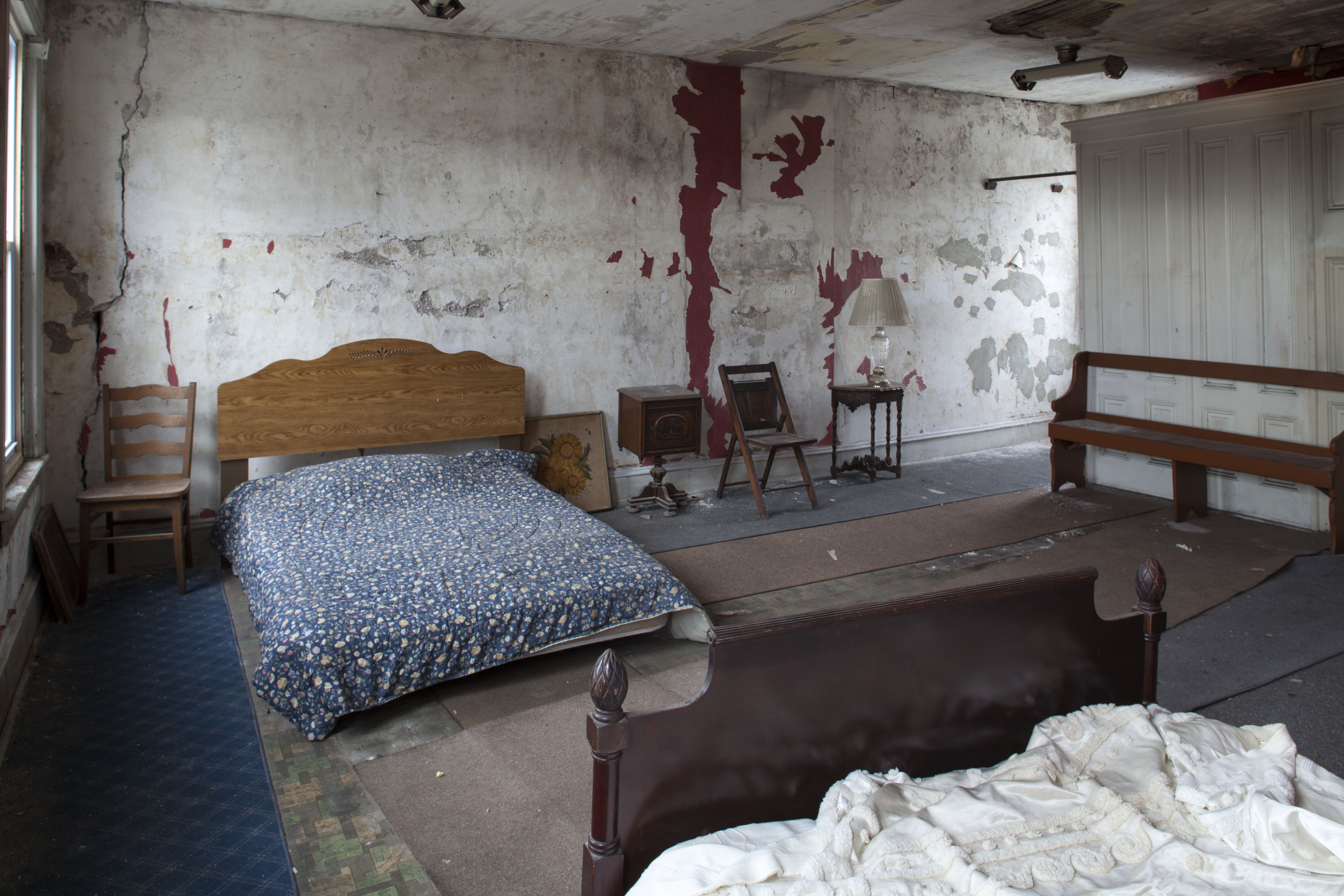
The rowhouse synagogue at Fourth and McKean streets, Shivtei Yeshuron-Ezras Israel has been continuously used since 1909, and will host two projects during the festival. Textile artist Andrew Dahlgren will work with visitors to machine-knit a sweater for the building’s façade, an homage to the textile work that many Jewish immigrants performed in sweatshops and at home. The “Little Shul” will also host concert performances of John Zorn’s radical Jewish compositions from his work Masada Book Two – The Book of Angels.
All photographs appear courtesy of Hidden City Philadelphia.
WHYY is your source for fact-based, in-depth journalism and information. As a nonprofit organization, we rely on financial support from readers like you. Please give today.



